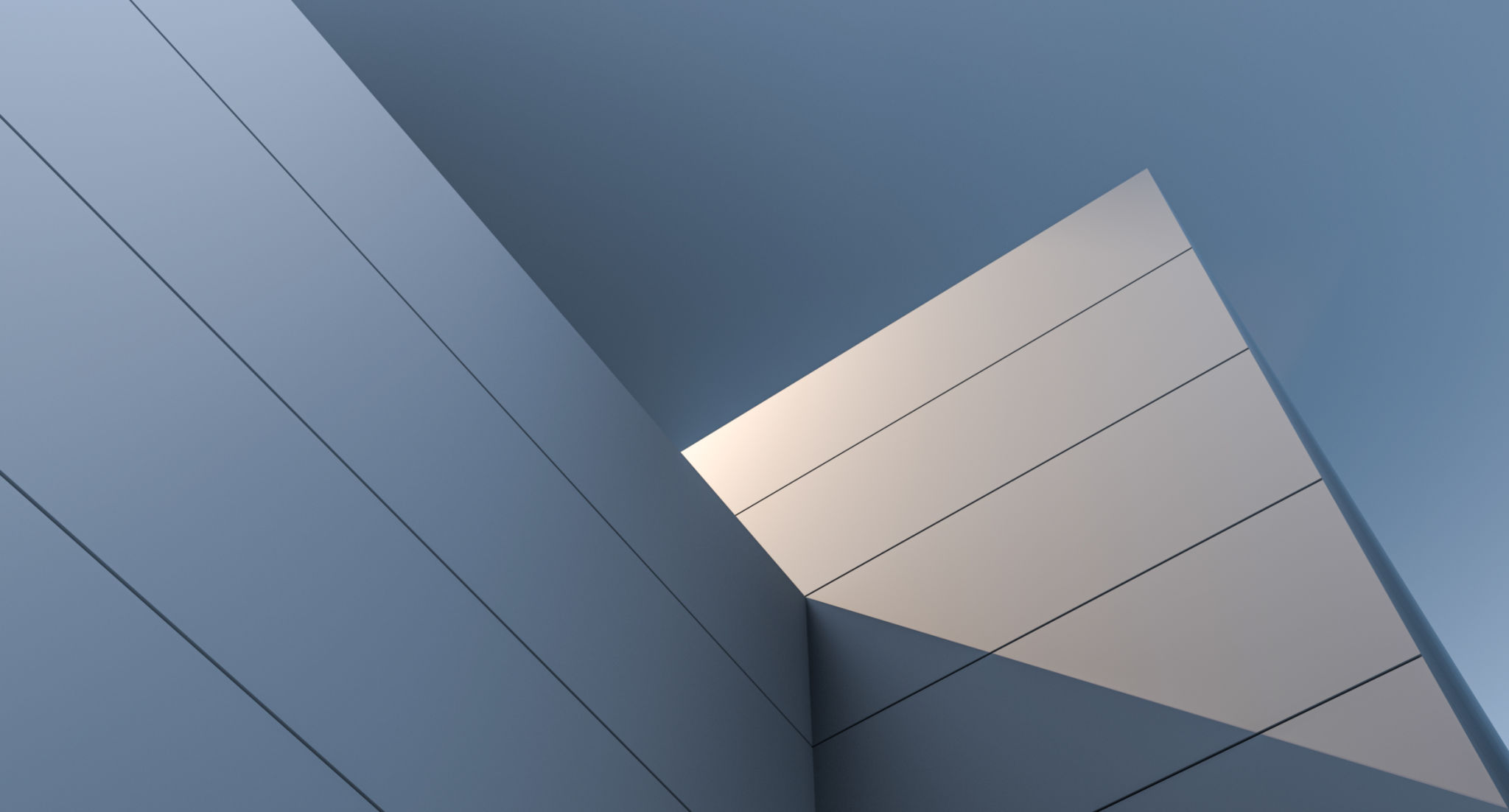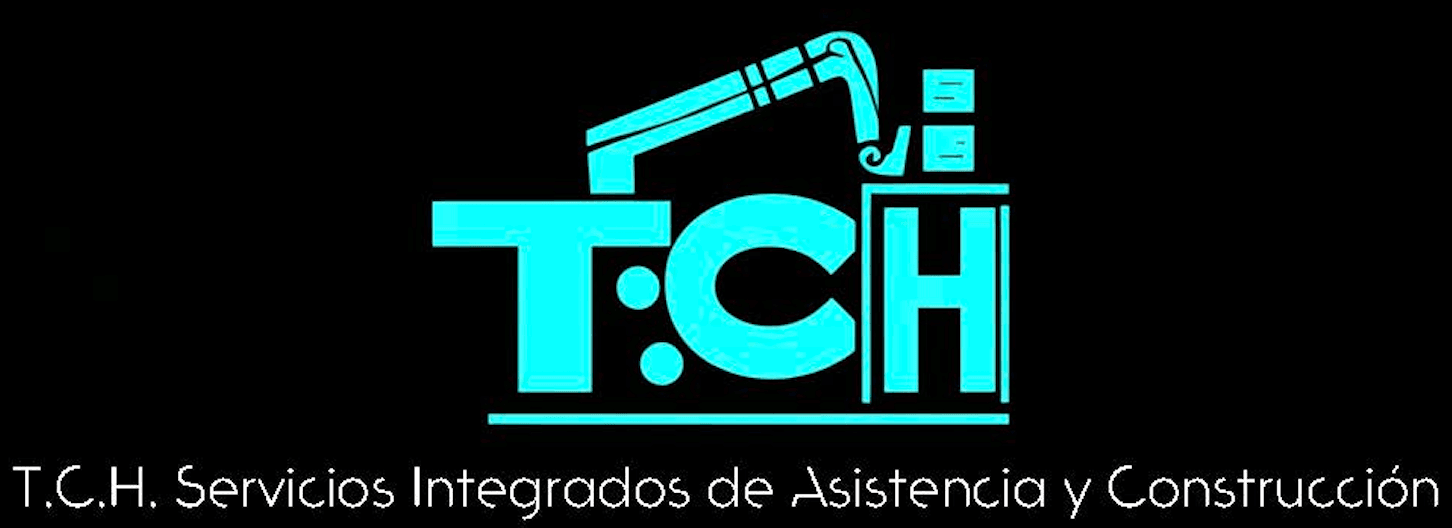Current Architectural Design Trends: What’s Shaping Modern Buildings?
Sustainability: The Core of Modern Design
As the world contends with environmental challenges, sustainability has become a cornerstone of modern architectural design. Architects are increasingly focusing on creating buildings that are not only aesthetically pleasing but also environmentally responsible. This involves integrating sustainable materials, energy-efficient systems, and innovative construction techniques to minimize the carbon footprint of new structures.

Green Materials and Energy Efficiency
One significant trend is the use of green building materials. Recycled steel, bamboo, and reclaimed wood are becoming popular choices, offering durability and reducing the need for new resources. Additionally, energy efficiency is a top priority. Architects are incorporating solar panels, green roofs, and advanced insulation to enhance energy conservation and reduce reliance on non-renewable energy sources.
Technology Integration in Architectural Design
The integration of technology in architectural design is transforming how buildings are conceptualized and constructed. Smart buildings are equipped with advanced systems that allow for real-time monitoring and management of resources, enhancing functionality and efficiency. This trend is not only about improving convenience but also about optimizing the performance and sustainability of buildings.

Building Information Modeling (BIM)
Building Information Modeling (BIM) is revolutionizing the design process by enabling architects to create detailed digital representations of buildings before they are constructed. This technology allows for better collaboration among stakeholders, reduces errors, and enhances the overall efficiency of the construction process. BIM is particularly valuable in large-scale projects where precision and coordination are crucial.
Minimalism and Open Spaces
Minimalism continues to influence modern architectural design, with an emphasis on simplicity and functionality. This trend is characterized by clean lines, open spaces, and a focus on natural light. Architects are designing spaces that promote a sense of tranquility and connection to the surrounding environment, often blurring the lines between indoor and outdoor areas.

Biophilic Design
Biophilic design is gaining traction as architects aim to bring the outdoors inside. This approach involves incorporating natural elements such as plants, water features, and natural light into building interiors. By creating environments that foster a connection to nature, biophilic design enhances well-being and productivity while contributing to sustainable practices.
Adaptive Reuse and Urban Regeneration
Adaptive reuse is a trend that focuses on repurposing existing structures rather than demolishing them. This approach not only preserves historical architecture but also contributes to sustainability by reducing waste. Urban regeneration projects are revitalizing declining areas by transforming old industrial sites into vibrant residential and commercial spaces.

Mixed-Use Developments
Mixed-use developments are becoming increasingly popular in urban areas. These projects combine residential, commercial, and recreational spaces into a single development, promoting community interaction and reducing the need for long commutes. By creating self-sustaining neighborhoods, mixed-use developments contribute to more vibrant and sustainable urban environments.
In conclusion, modern architectural design is being shaped by a variety of trends that emphasize sustainability, technology integration, minimalism, and adaptive reuse. As architects continue to innovate, we can expect to see buildings that not only meet the needs of their occupants but also contribute positively to the environment and society as a whole.
